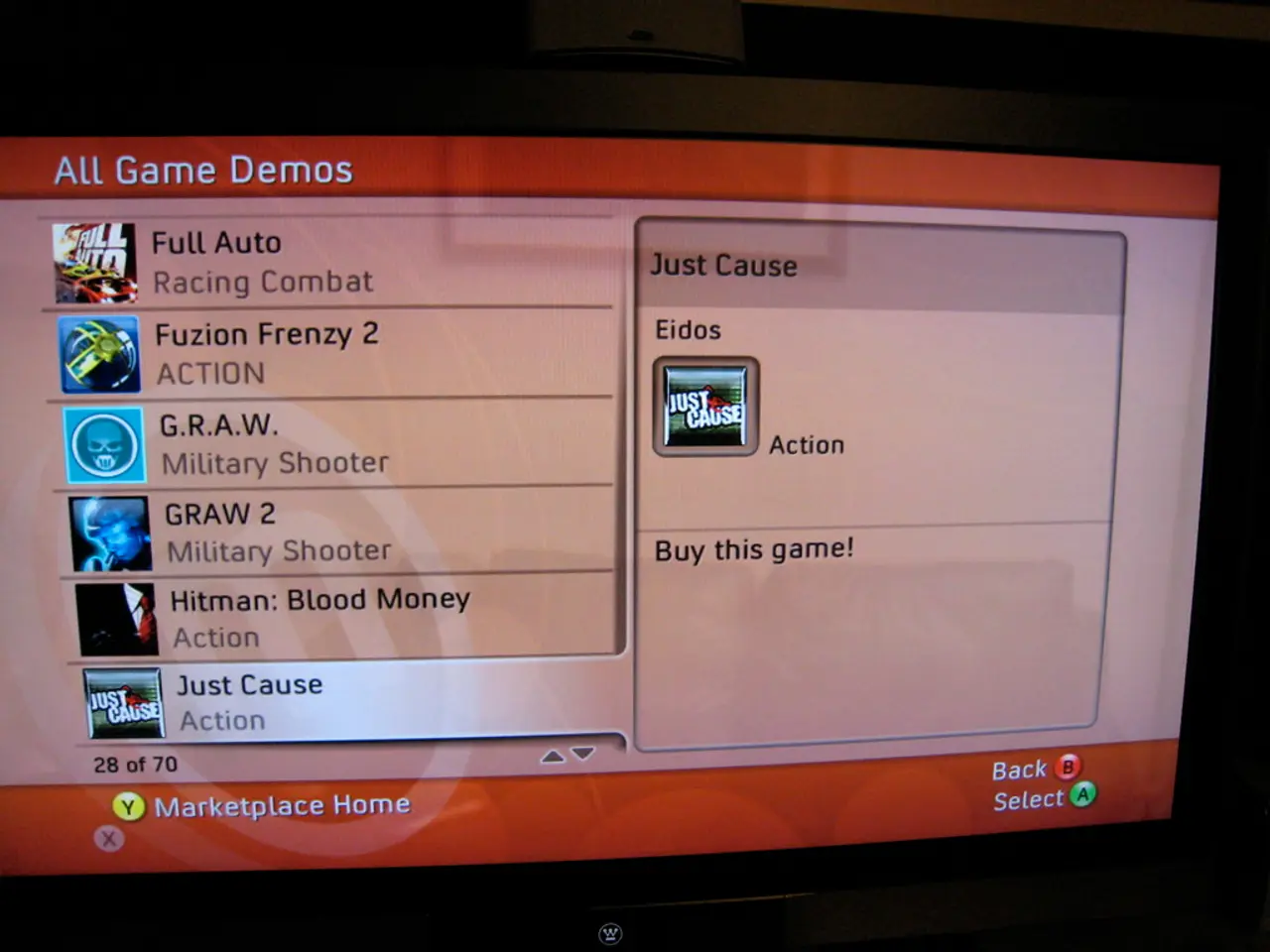Collection of Prominent Linux Operating Systems
In the world of Linux, there's a distribution to suit every need. Here's a glimpse into some of the most notable ones, each with its unique strengths and target audience.
Debian-based Distributions
Debian-based Linux distributions, such as Ubuntu, prioritise stability and broad package availability. They use the APT package manager with .deb packages and are known for their longer support cycles and ease of use, catering to a wide audience, including beginners and servers [3][5].
Red Hat-based Distributions
Red Hat-based distributions, including Red Hat Enterprise Linux and Fedora, use the RPM package format with the DNF (or YUM) package manager. They focus on enterprise and server environments, offering stable releases with strong commercial support and often include systemd for service management [3][4][5].
Arch-based Distributions
Arch-based distributions, like Manjaro and EndeavourOS, prioritise simplicity, minimalism, and user control. They use the pacman package manager with a rolling release model, providing the latest software versions quickly. Arch installs a minimal base system to allow maximum customization, primarily supporting x86_64 architectures [1][3][5].
SUSE-based Distributions
SUSE-based distributions, such as openSUSE and SUSE Linux Enterprise, also use RPM packages and appear similar to Red Hat-based distros but often offer different management tools (like YaST) and distinct release cycles suited for enterprise or community users [3][5].
Gentoo-based Distributions
Gentoo-based distributions, like Calculate Linux, are source-based, meaning all packages are compiled from source code optimized through USE flags, allowing extensive customization. Gentoo supports many hardware architectures beyond x86_64 and uses complex tools offering power users granular control, but is more complex than Arch or Debian-based systems [1][3][5].
Other Notable Distributions
Other distributions vary widely. For instance, Slackware emphasises simplicity and UNIX-like design, while derivatives like Salix OS and Porteus target niche roles or user friendliness. There are also distributions like Clear Linux by Intel, optimised for performance on Intel hardware, and Void Linux, an independent distribution with a focus on minimalism and efficiency.
Specialised Distributions
Some distributions are tailored to specific needs. For example, Linux Mint offers user-friendly editions in Cinnamon, MATE, and Xfce; Kubuntu uses the KDE Plasma desktop; and Ubuntu Studio is a tailored Ubuntu distribution for multimedia production.
The Differences Matter
The key differences among these distributions lie in their package management systems, release models, customization levels, target user base, and system architecture support. These differences shape the user experience, system stability, update frequency, and suitability for different applications and expertise levels in the Linux ecosystem.
- Package Management: APT (.deb) for Debian; DNF/YUM (.rpm) for Red Hat and SUSE; pacman for Arch; portage (source-based) for Gentoo.
- Release Model: Fixed release (Debian Stable, Red Hat) vs Rolling release (Arch, Gentoo).
- Customization: Gentoo offers source-level customization; Arch offers binary with optional building from source; Debian and Red Hat focus more on stability and out-of-box usability.
- Target Audience: Beginners and servers (Debian/Ubuntu), enterprise environments (Red Hat, SUSE), advanced users/customizers (Arch, Gentoo).
- Architecture Support: Gentoo supports many CPU architectures; Arch mainly x86_64.
- System and Service Management: systemd is common in Red Hat, Debian, Arch, and Gentoo, though some Gentoo users may choose alternatives like OpenRC [1][3][4].
With this diverse landscape of Linux distributions, finding one that suits your needs and expertise level has never been easier. Whether you're a beginner, an advanced user, a developer, or part of an enterprise, there's a Linux distribution out there for you.
Data from the provided text indicates that the choice of Linux distribution is influenced by factors such as package management, release model, customization levels, target audience, and architecture support. For instance, hardware architectures are primarily supported by Gentoo, while Ubuntu, a Debian-based distribution, caters to a wide audience including beginners and servers. Lifestyle considerations may also influence the choice, such as seeking minimalism and user control (Arch), stability and broad package availability (Debian-based distributions), or enhanced performance on specific hardware (Clear Linux by Intel). The realm of technology offers numerous Linux distributions tailored to various needs, showcasing the diversity and depth within the Linux ecosystem.




